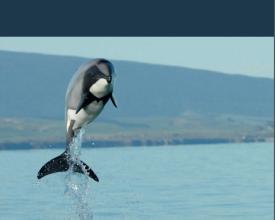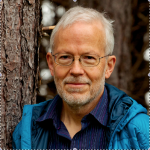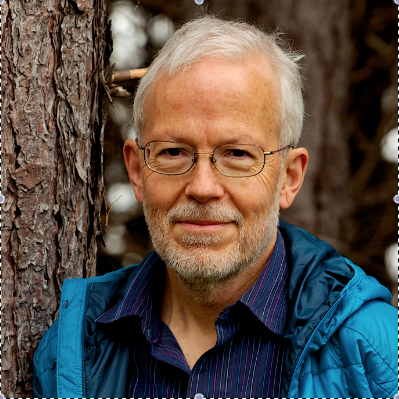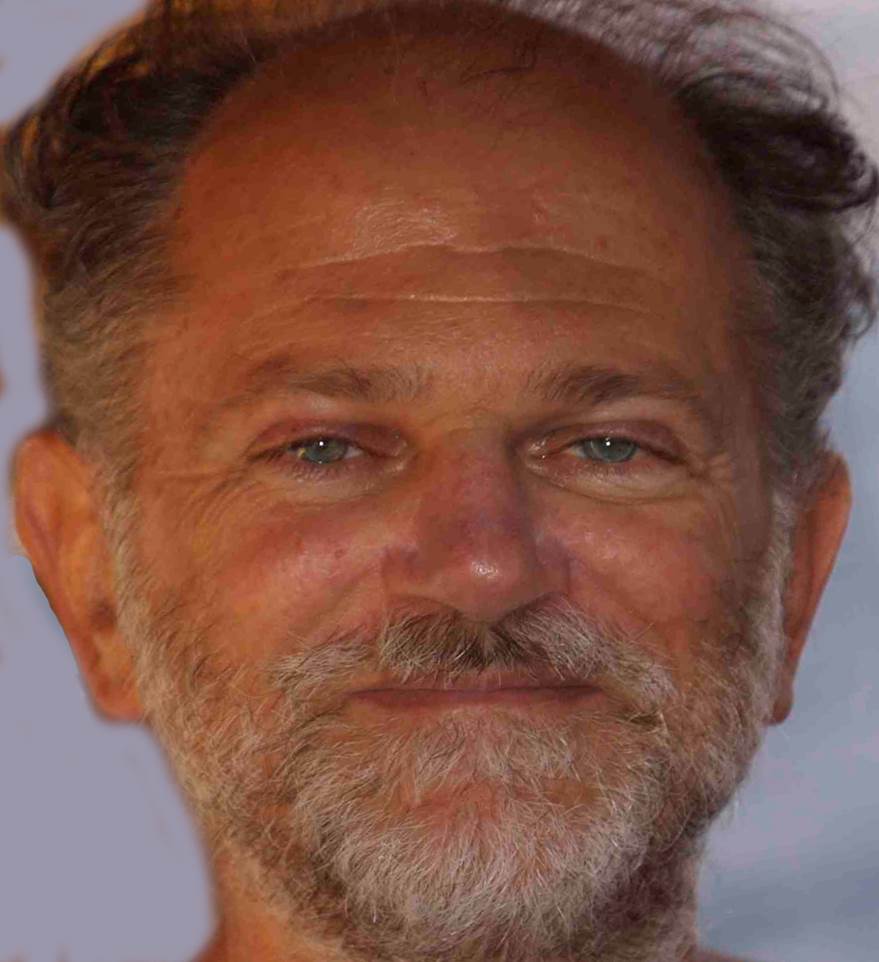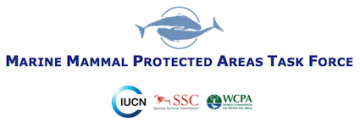
Creating a Citizen Science App to Identify NZ Hector’s dolphin habitat
Solución completa
Hector's dolphins
Mike Bossley
This project aims to prevent continued decline of the endangered Hector’s dolphins. Dolphins are getting caught as bycatch in trawl and set nets. People want to help dolphins but don't know how. Citizen scientists are being trained, to extend the number and location of sightings around New Zealand, as well as identify when strandings occur. At the same time, these citizen scientists become protectors of the dolphins, intimately involved in their survival.
Last update: 30 Sep 2020
6667 Views
Contexto
Défis à relever
Establishing a knowledge base, empowering local people, getting protected habitat
New Zealanders have shown they support Hector's dolphin protection in theory yet much more can be done. At present dolphins are getting caught as bycatch in trawl and set nets with numbers declining from 30,000 a few decades ago to 7200 today while the Maui subspecies has <100. Hector's dolphin researchers can't cover the entire coast of New Zealand. People want to help dolphins but don't know how.
Ubicación
New Zealand
Oceania
Procesar
Summary of the process
The first building block showed that New Zealand people were largely in favour of a conservation solution. Both greater involvement and data were needed. The app is building that involvement, and we hope that it will spread more widely around New Zealand. The pressure on politicians for a conservation solution has not begun and won’t be complete until the 2017 elections. This may not immediately result in more protected area, free from nets, but it will help to provide data to evaluate the evolving situation, and it will build a constituency who know and care about these dolphins and are interested in their future.
Building Blocks
Establish value of the dolphins to New Zealanders
We financed a country wide survey and co-authored an economic report based on the survey with Economists At Large, Melbourne, Australia. The survey assessed "willingness to pay" for conservation of the dolphins which indicated that New Zealanders were willing to pay higher prices for their fish to ensure that the Dolphins weren't subject to bycatch. We presented this work in a report which went to New Zealand politicians and we also prepared a poster which was presented at the Biennial Marine Mammal Conference in Dunedin, New Zealand in Dec. 2013.
Enabling factors
Key supporting facts that made the survey and report possible include cooperation of New Zealand scientists to refine the survey, an outside economist group separate from ourselves to ensure impartiality and to evaluate where we stood. All of this was essential to directing our future efforts and to know where and how we might be effective.
Lesson learned
Although the survey and economic report supported conservation and were reported favourably in the media, we realized that it would take more direct action and involvement by New Zealanders in their communities to execute change in terms of gaining more protection and removing the nets.
Work with South Island community to develop citizen science
Work with a selected community on the northern part of the South Island to develop citizen science. This community was chosen because it is close to an important potential area for exchange between northern and southern Hector's dolphin populations. Also, there is not much researcher coverage in this area so the addition of citizen scientists would be especially valuable. The citizen science program involves creating the hands-on app, publicising it, then meeting the community and teaching them and encouraging them on how to use it.
Enabling factors
Timing is good in terms of building support in lead up to potential next election in 2017.
Lesson learned
Creating action with government depends not only on the government in power, but on timing with relation to future elections and the balance of power.
Resources
Pressure politicians for solution—larger protected area
Using results from the app to pressure for improved conservation. The goal is to focus attention on the plight of the dolphins in the lead-up to the national elections. The goal is to get more marine protected areas (MPAs) and areas where set net and trawl fishing is banned in <100 m areas close to shore where the dolphins live.
Enabling factors
Timing is good in terms of building support in lead up to potential next election in 2017. Finding allies within government and the opposition parties is key; Some of them we have already developed relationships with, and we hope to engage more of them through 2017.
Lesson learned
The need is to keep pushing and looking for opportunities to make advances. Gaining allies from various political parties is essential.
Impacts
With the newly developed sighting app for Hector’s dolphin, citizen scientists can now contribute to the effort to report sightings and identify the habitat of this endangered endemic species. More people are becoming involved in the push to protect their habitat.
Beneficiaries
Endemic endangered Hector’s dolphins; local people of New Zealand; MPA managers; researchers.
Story
In 2014, Whale and Dolphin Conservation found through an independent survey of 1,000 New Zealand residents that they placed a high value on their endemic, endangered Hector’s dolphins and would be willing to forego cheap fish and chips to help save them. Most New Zealanders were willing to support habitat protection and removal of the set nets and trawls that kill the dolphins in bycatch. While overall Hector’s dolphins number 7,200, among the four populations one called Maui’s dolphin is reduced to fewer than 100 individuals. The decision was made to develop an app as a means of involving New Zealanders as well as gathering crucial data to support much wider protection in coastal waters. In the limited areas with marine protected areas where nets are banned, dolphin survival rate has improved. But more protection is need in the waters up to 100m deep around much of New Zealand.

